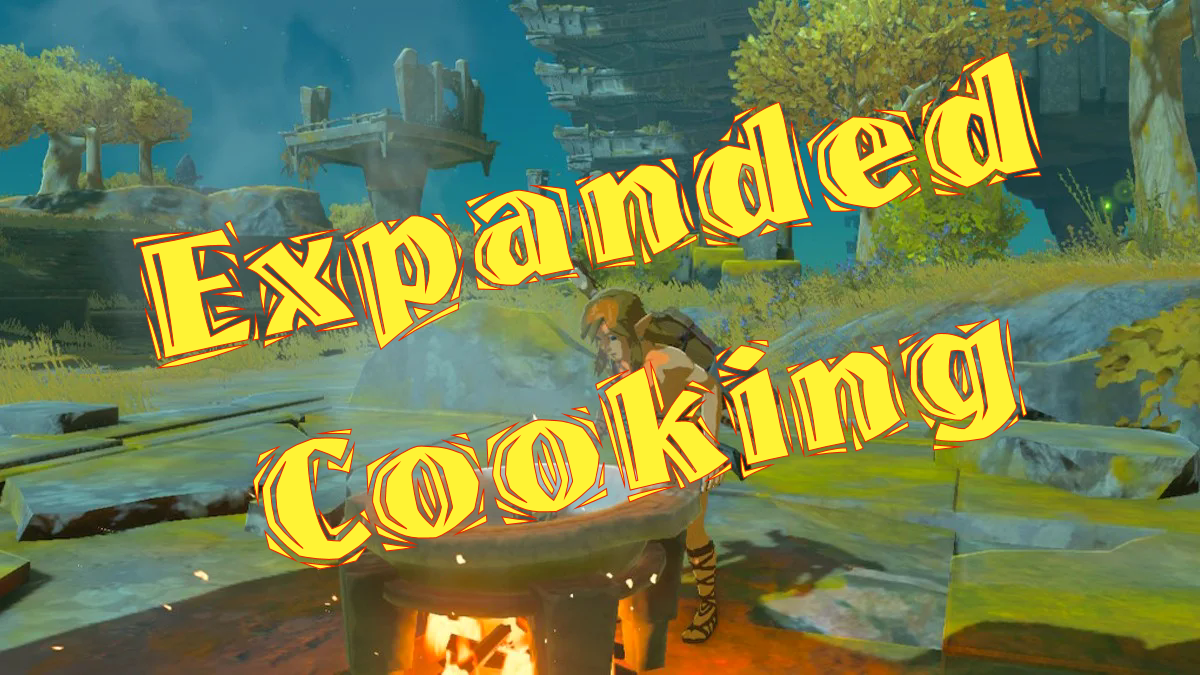Kobold Quarterly is the spiritual successor to the printed versions of Dragon and Dungeon magazines. Editor-in-Chief and gaming celebrity Wolfgang Baur said he chose the title of the magazine because Kobold Quarterly is to Dragon magazine as kobolds are to dragons.
The first issue of KQ was printed after the 4th edition announcement but before the 4E core rulebooks were released. Originally it seemed to be a 3.x loyalist magazine, but it started including 4E content alongside 3.5 and Pathfinder content in issue 7. This has been a major point of contention amongst KQ subscribers and it is regularly discussed in the letter pages and the site’s forums. With no guarantee about how much content a 3.X loyalist can expect before purchasing, this review sets out to determine the overall value of Kobold Quarterly issue 10 to someone who has little or no use for 4E articles.
Debuting this issue are convenient icons to help a discriminating gamer know what system an article supports before reading it. Third edition articles are marked with a 3.5, Pathfinder articles with a PF, and 4th edition articles with a 4. Articles without an icon are either system neutral or of general interest to gamers. These icons are a major step forward for Kobold Quarterly. A gamer can pick up an issue off the rack and see at a glance if they are satisfied with the amount of content for them, although including these icons in the table of contents would help further. Gamers whose local gaming stores do not carry Kobold Quarterly on the racks unfortunately do not get a similar virtual benefit.
Loyalists can calm down. Of the issue’s 90 pages, only five pages are fully dedicated to 4e. An article on a new race –Haffums by John Wick and Jesse Heinig- presents rules for playing the race in either 3.5 (and therefore Pathfinder) or 4E. This seems like the best argument for publishing a magazine that supports both systems. More gamers benefit from the contents of this article than any other. It provides rich flavour for fans of fluff, and crunch for two separate systems. So even though the only readers that benefit from this article in its entirety are fluff fans that play both systems, every reader gets enough out of the article to use it. This article parallels the magazine's raison d’être and hopefully such articles will find regular homes in future issues.
Content breaks down as follows:
- Ethical and Unethical Gaming. Wolfgang Baur’s editorial is a thought-provoking piece about the moral implications of looting bodies.
- Revering Ninkash by Ed Greenwood (3.5). An amusing article about the dwarven god of ale, it goes into great detail and backstory. However, despite the 3.5 icon, the article is missing information on the god’s domains, meaning it is not plug and play. There is also a section of Holy Ales that outline effects –like withstanding heat and cold as harsh as dragon breath- without codifying rules for them that make this article slightly less useful than it could have been.
- Sneak Preview of the Pathfinder Roleplaying Game by Jason Bulmahn (PH). Who can you trust to review the new Pathfinder RPG more than the lead designer himself? The article hints at the PFRPG final product and reveals new details about the game. It ends with a preview of the Shadowdancer prestige class. This article is ripe with information and insight, a great read for anyone excited about the game. The only downside is that this is a quarterly magazine and this article is only relevant for three more weeks, when the Pathfinder RPG is released August 13th. Also, there is a small cut-and-paste hangover in the Shadowdancer right up where it mentions the assassin. Hopefully this was caught before the Pathfinder RPG went to print.
- Chaos Magic of the Porteans by Todd Stewart (PF). New spells and magic items related to Pathfinder’s children of chaos, the Porteans. Maybe it’s because I’m only halfway through the Pathfinder Campaign setting, and maybe it’s the nature of chaos magic, but I found it hard to follow what some of the spells and items even did. Before reading this, I thought “Ooh, another Pathfinder article.” After reading it, I though “What did I just read?”
- Swords Against Darkness: Dungeon & Underground Skill Challenges by Michael Brewer, Quinn Murphy, and Jonathan Jacobs (4). A skill challenge article that recreates the mine cart scene in temple of Doom. I tried to keep an open mind to see if this article was at all relevant to my 3.5 game. “The 4e skills aren’t that different,” I thought. But I just couldn’t wrap my head around it.
- ‘We Need a Cleric’ A Conversation with Jeff Grubb by Jeremy L. C. Jones. Grubb is a TSR alumni who wrote campaign settings. It’s always interesting to hear from game designers about their craft and passion.
- No School Like an Old School by Monte Cook. Monte explains what he meant when he called Dungeonaday.com an “old school dungeon”. He defines what he thinks of as old school gaming versus new school and in the terms he uses, I’m a dedicated new school player.
- Back and Better than Ever by Michael Kortes (3.5). Feats and flaws for characters that have come back from the dead. This is the article of the issue for me. It fills a niche I have always wanted filled (that bringing characters back from the dead should not be so straight forward) in a way that I never would have thought of that is easy to implement and fits the system perfectly. It even balances out flaws, a great idea that is too easily abused usually. Great idea, great mechanics, a great article that I am thrilled the RPG Podcasts ad with the 3.5 Private Sanctuary logo accompanies.
- Ecology of the Hill Giant by Richard Pett (3.5). There’s a reason Kobold Quarterly’s ecology articles are so popular. This article provides insight into using a hill giant, hooks to make the encounter unique, and some new giant-related feats I am dying to try. There are adventure hooks and even a template for Hill Giant Half-Breeds. A fun read that’s useful for any DM.
- Ask the Kobold by Skip Williams. It does not feature a 3.5 icon but it might as well, since the questions addressed are about the 3.5 wish spell and how lycanthrope works in 3.5. Usually Skip Williams answers rules questions but in this case he offers advice on adjudicating difficult situations.
- Whispering Enigmas: A Warlock Field Guide by Mario Podeschi. Examples of what warlocks say when signing pacts. This may seem like an article that should have the 4 icon since it does not apply to the 3.5 (and non-OGL) version of the Warlock, but it is flavour that could be used in a 3.5 game. It is not a field guide by Dragon magazine standards. Some mods required.
- Haffuns: Seeming Servants by John Wick and Jesse Heinig (3.5) (4). Haffuns are like brownies or the cobbler’s elves, devoted and generous to a flaw. They are an odd choice for a PC but can present very interesting plot hooks as NPCs, particularly in a city filled with them. Although the feats are uninspired, the fiction is amusing and worth the read, and the division between 3.5 and 4E content is very clear.
- PCs without Backgrounds by Amber E. Scott. An interesting advice column on a different take on character backstory.
- Ticking Hounds and Clockwork Hunters by Ben McFarland (3.5). Take it or leave it. If you use clockwork constructs in your game and have a high tolerance for fantasy robots, this hunter and dog combo make for a great low-level series of encounters. If you find this niche has no place in your game, it’s a decent read.
- On the Care and Keeping of Gelatinous Cubes by Jonathan McAnulty. An amusing read with self-aware over-analysis. It may get a little old once it reaches the tricks to breeding variant oozes but it nonetheless sneaks a surprising chunk of crunch into a fluff piece.
- The Halberd: Chopping Your Way to Gold and Glory by Brian E. Shefveland. A brief history of a misunderstood weapon. Understanding it doesn’t make it a better weapon in the game, though.
- Ruyintan Caravanserai (or The Sand Dragon Inn) by David Schwartz, maps by Jonathan Roberts. A unique market place that can easily be installed in any game. I already plan on using this location and its maps as the opening scene in the next campaign I DM.
- Elven Lust and the Green Gods by Wolfgang Baur. A brief description of a region. Given its length and lack of tangible details –and that the editor-in-chief wrote the article- it feels a bit like filler.
Kobold Quarterly continues to provide quality material to 3.5 loyalists and fans of the fantasy genre. The layout and editing is professional. The quality of writing and variety of articles grows. Kobold Quarterly #10 is one of the best issues they have published so far, especially for 3.5 loyalists and Pathfinder enthusiasts. If you’ve ever wanted to give this magazine a try, this is probably the best issue to sample.




Leave a Reply